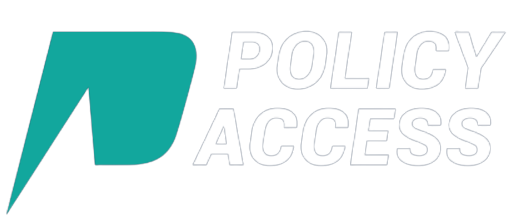Post Pandemic Spurt in Logistics
In 2020, the government said India’s logistics sector remains complex, with more than 20 government agencies, 37 export promotion councils, 500 certifications, 129 inland container depots and 50 IT ecosystems and banks and insurance agencies.
Consumer behaviour in India witnessed a monumental transformation in 2020 with the wide scale adoption of ecommerce. With over 700 million internet users across the country, there was an exponential migration towards ecommerce websites due to the nationwide lockdown. This sudden shift in consumer behaviour led to a surge in warehousing and logistics opportunities.
The ubiquitous adoption of ecommerce both accelerated and decentralised the demand for warehousing and logistics facilities in previously under-serviced locations. The warehousing segment thus remained a strong investment class amid the pandemic, despite supply chain disruptions. This trend will continue as the government has proposed greater investments in supply chain infrastructure with the National Logistics Policy.
Consumer behaviour in India witnessed a monumental transformation in 2020 with the wide scale adoption of ecommerce. With over 700 million internet users across the country, there was an exponential migration towards ecommerce websites due to the nationwide lockdown. This sudden shift in consumer behaviour led to a surge in warehousing and logistics opportunities.
The ubiquitous adoption of ecommerce both accelerated and decentralised the demand for warehousing and logistics facilities in previously under-serviced locations. The warehousing segment thus remained a strong investment class amid the pandemic, despite supply chain disruptions. This trend will continue as the government has proposed greater investments in supply chain infrastructure with the National Logistics Policy.


Smart Enforcement App
The government has launched an IT-based smart enforcement app for implementation of rules and regulations related to road-based violations by trucks, a move aimed at reducing transportation and logistics cost of the industry. The app would help in decreasing the number of physical checks of commercial vehicles by enforcement officers; reduction in the number of cash challan by issuing e-challan; and higher revenue collection due to reduced human intervention.
One of the key reasons is delays due to random stoppages for physical checking of vehicles and verification of documents etc. It said that while GST (goods and services tax) has helped improve the situation, there is a long way to go to reach the advanced country levels.
"Based on a risk matrix that uses historical patterns, the app assigns a risk profile to the truck helping the officers decide whether to stop it for further scrutiny. It requires the officer to issue all fines, penalties, or any other punitive measure through the app, ensuring transparency."
By using the integrated smart solution, data related to goods being carried on a truck would be fetched from the existing Goods and Services Tax Network (GSTN) and VAHAN databases and this data would be available to enforcement officers on the road in advance for approaching trucks.
The application would have the ability to integrate with all the sensors, Weigh in Motion, and cameras available with the state government or National Highway Authority to allow remote enforcement.
This would significantly reduce the need to deploy officers on the ground since the app would be able to alert officers whenever a vehicle is in violation.
One of the key reasons is delays due to random stoppages for physical checking of vehicles and verification of documents etc. It said that while GST (goods and services tax) has helped improve the situation, there is a long way to go to reach the advanced country levels.
"Based on a risk matrix that uses historical patterns, the app assigns a risk profile to the truck helping the officers decide whether to stop it for further scrutiny. It requires the officer to issue all fines, penalties, or any other punitive measure through the app, ensuring transparency."
By using the integrated smart solution, data related to goods being carried on a truck would be fetched from the existing Goods and Services Tax Network (GSTN) and VAHAN databases and this data would be available to enforcement officers on the road in advance for approaching trucks.
The application would have the ability to integrate with all the sensors, Weigh in Motion, and cameras available with the state government or National Highway Authority to allow remote enforcement.
This would significantly reduce the need to deploy officers on the ground since the app would be able to alert officers whenever a vehicle is in violation.






